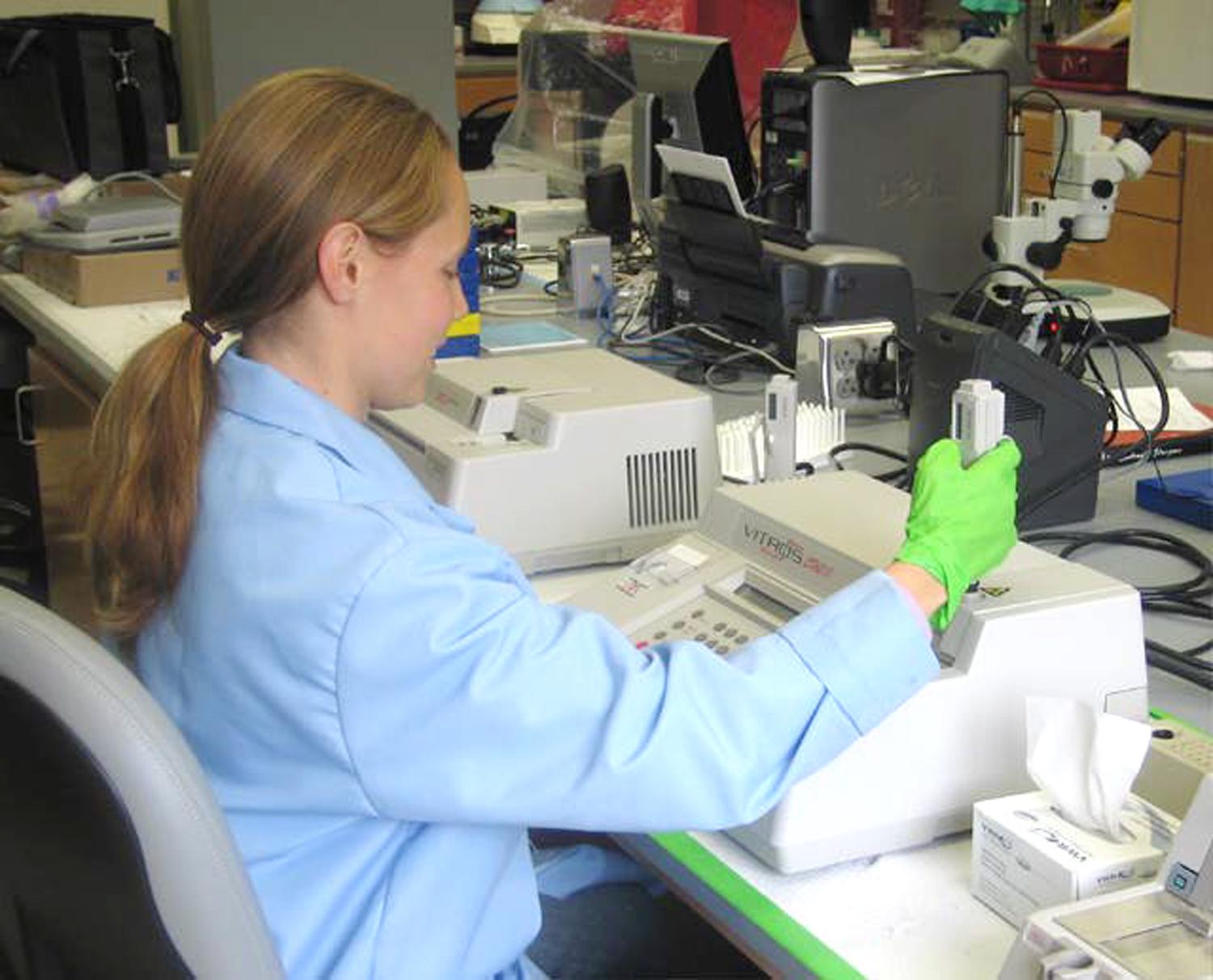
Determining ripeness in white sturgeon females to maximize yield and quality of caviar
This project is devoted to advancing a pioneering technique in sturgeon maturity prediction, seeking to surpass the standard oocyte polarization index (PI) approach through enhanced speed, reduced invasiveness, and superior accuracy. We aim to achieve this through designing and implementing strategic instrumental and bio-chemical assays at varied white sturgeon ovarian maturity stages. By doing so, we will establish a decreed correlation between traditional maturity indicators alongside these novel investigative methods.
Objectives:
- Determine how currently utilized morphological characteristics (oocyte PI, ovarian follicle size, gonadosomatic index, age and live weight) correlate with caviar quality and yield (years 1-2)
- Determine how plasma sex steroid, total calcium, and plasma protein levels and crude chemical composition of eggs change with maturity (years 1-2)
- Evaluate short wavelength near infrared spectroscopy (SWNIR) and ultrasound as a non-invasive technique to predict fish maturity by taking spectra of gonads in fish (years 1-2)
- Evaluate Fourier transform infrared spectroscopy (FT-IR) as a method to predict fish maturity from spectral measurements of blood and roe (years 1-2)
- Using SWNIR and plasma steroids, determine whether it is possible to detect the early signs of ovarian atresia to avoid sacrificing fish with inferior quality roe and use them during the next production cycle (year 1)
- Conduct training and outreach programs at field sites in Idaho and California (years 3-4)
Project Summary
| Duration: | 4 years |
|---|---|
| Funded Date: | 09/01/2007 |
| Funding level: | $400,003 |
| PI: |
|
| Advisors: | |
| Location: | California - CA, Idaho - ID, Montana - MT, Washington - WA |
| Species: | Sturgeon |
| Topics: | Culture/egg quality |
